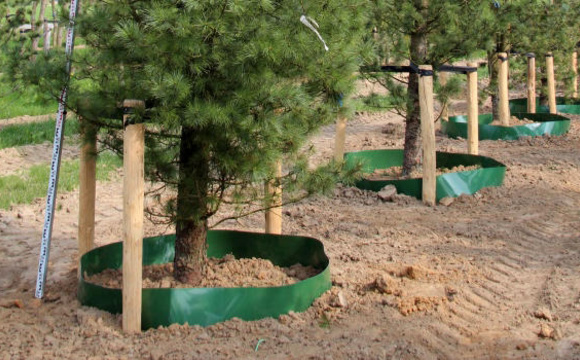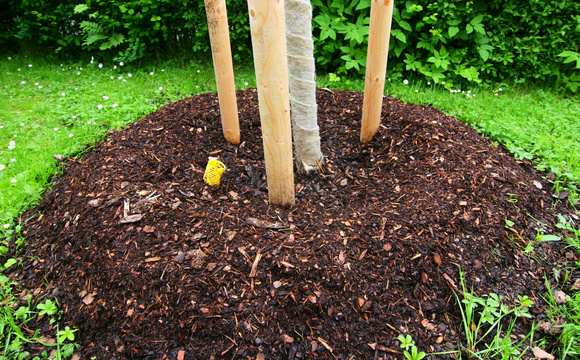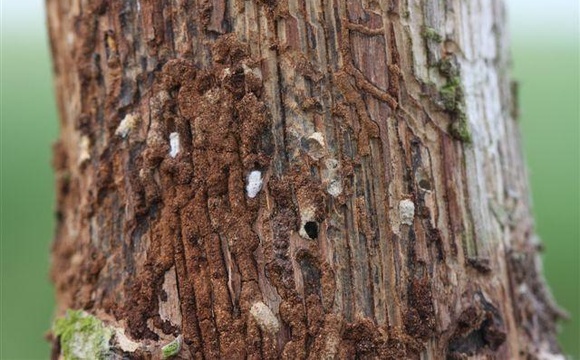Trees require care, particularly during the first years after planting. The first pruning is important to optimise the root-to-crown ratio. During dry periods, the tree will not yet be able to find enough water itself, so watering is also indispensable during the first three years. And just like in natural situations, the tree needs nutrients to grow.
Caring for trees after planting
The first pruning after planting
As soon as a tree has been planted, the crown needs to be pruned back to restore the root-to-crown ratio as well as limit evaporation. Roots are always lost during replanting of a tree. If pruning is not carried out, there is a risk that the crown will become too large for the limited number of roots and the tree will not be able to supply enough water for evaporation, resulting in death of branches or worse. This risk occurs particularly in fast-growing species and in coastal areas.
The first pruning can also be carried out by the nursery, in preparation for planting. If this has not been done and there is high root loss, the crown must be pruned back to a maximum of 25%. The pruning is focused on reducing the size of the crown (pruning the outside) rather than thinning it. If any branches have unfortunately been broken or damaged during transportation, these must also be removed during the first pruning.
Fast-growing species in particular settle better after the first pruning and grow better and faster than trees that are not pruned before or straight after planting. They will already have returned to the spread of the crown before the pruning by the end of the first growing season and during the second growing season they will become wider than trees that were not pruned. After planting and the first pruning, the tree will not be pruned again for three years, except for trunk shoots and root suckers.
The supply of water must be tailored carefully. Too little water will cause the tree to die but too much water can do the same, as oxygen will no longer be able to reach the roots. The amount of water and frequency of watering must therefore be continuously adjusted according to the conditions. To determine whether the soil is dry and the tree needs water, observing the soil at the surface is not sufficient. Rainfall can make the soil look damp enough, whilst the deeper layer is completely dried out or, in reverse, the top layer may look too dry due to a dry period, whilst the deeper layer is damp enough. In order to determine the actual moisture content, the measurement should be taken at a depth of fifteen centimetres. A rule of thumb to determine watering is that trees with a trunk circumference of less than sixty centimetres need two to three hundred litres of water at a time and trees with a trunk circumference of more than sixty centimetres need three to five hundred litres at a time. Water should be supplied from the moment the buds begin to swell and unfurl. In the case of conifers, it is a good idea to spray water over the crown towards the evening, limiting evaporation by the needles. Checking the moisture levels is important throughout the vegetation period, as is checking the anchoring and development of diseases and pests, so that timely action can be taken.
An optimal growing location will be covered with a layer of mulch (organic matter such as leaves, blossom and fruit remnants) as large as the crown projection area. This is the best imitation of the situation in the forest and ensures a permanent moist environment in the top soil layer as well as an optimal supply of soil life. Unwanted weeds usually find it difficult to develop in this layer and the fallen leaves may compost in place over the course of the winter and contribute to the natural cycle.










